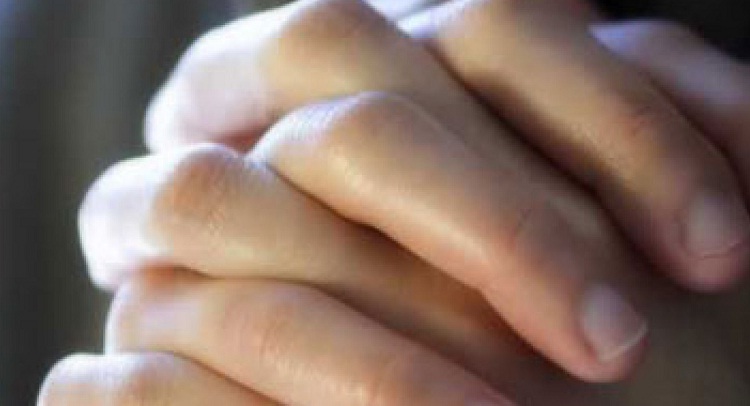Gospel, Saint, today's prayer 13 October
Today's Gospel
From the Gospel of Jesus Christ according to Luke 11,15-26.
At that time, after Jesus had shattered a demom, some said: "It is in the name of Beelzebub, leader of the demons, that he casts out the demons."
Others then, to test him, asked him for a sign from heaven.
Knowing their thoughts, he said: «Each kingdom divided in itself is in ruins and one house falls on the other.
Now, if even Satan is divided in himself, how will his kingdom stand? You say that I cast out demons in the name of Beelzebub.
But if I cast out demons in the name of Beelzebub, your disciples in the name of who cast them out? Therefore they themselves will be your judges.
But if I cast out demons with the finger of God, then the kingdom of God has come to you.
When a strong, well-armed man stands guard over his palace, all his possessions are safe.
But if someone stronger than him arrives and wins him, he snatches away the armor in which he trusted and distributes the booty.
Whoever is not with me is against me; and whoever does not gather with me scatters.
When the unclean spirit comes out of man, he wanders around arid places in search of rest and, not finding any, says: I will return to my house from which I came out.
Come, he finds it swept and adorned.
Then go, take with him seven other spirits worse than him and they enter and lodge there and the final condition of that man becomes worse than the first ».
Saint of today - San Romolo of Genoa
Romulus, venerated as a saint by the Catholic Church, was bishop of Genoa, around the fifth century, and successor of S. Siro and S. Felice.
There is no certain information about his life as there is only one anonymous biography of him dating back to the 13th century; however, what is certain is that he was a man of remarkable goodness and particularly inclined to settle discords. He died in the city of Villa Matutiæ (today Sanremo), apparently during a pastoral trip to western Liguria; his death is traditionally attributed to XNUMX October.
Such was the veneration for the bishop that we are not sure how much legend and reality have mixed. The Sanremo tradition says that Romulus was educated at Villa Matutiæ; elected bishop, he went to Genoa for his pastoral mission. However, to escape the Lombard invasions he returned to his native land where he took refuge, in penance, in a cave in the Sanremo hinterland. Whenever there were attacks from enemies, famines, various calamities, the Matuzians went on pilgrimage to the cave where Romulus lived, praying and asking for the protection of the Lord. Upon his death, his body was buried in the city, at the foot of a small altar used for the first Christian celebrations, and revered here for many years.
Around 930 his body was moved to Genoa, for fear of the numerous Saracen raids, and he was buried in the Cathedral of San Lorenzo. At Villa Matutiæ, in the meantime, numerous miracles began to be attributed to Romulus, especially relating to the defense of the city from the attacks of the Saracens, so much so that even today the saint is represented dressed as a bishop and with a sword in his hand.
The occasion of the transfer prompted the inhabitants of Sanremo to build, in the original burial place, a small church (rebuilt in the 1143th century and today Insigne Basilica Collegiate Cathedral). It was consecrated in XNUMX by the Archbishop of Genoa, Cardinal Siro de Porcello and dedicated to that S. Siro who had built the first altar of the city a few centuries earlier and under which he placed the remains of Blessed Ormisda. (Priest of the ancient parish of Villa Matutiæ) evangelizer of western Liguria and his teacher.
Such was the veneration for St. Romulus that, at the beginning of the XNUMXth century, the citizens decided to change the name of the town to “civitas Sancti Romuli”. However in the local dialect the name was declined in the shorter "San Romolo", pronounced "San Roemu", which then changed, around the fifteenth century, into the current form "Sanremo".
The place where the Saint had retired, at the foot of Monte Bignone, is now called “S. Romolo ”and is a fraction of the city: the cave (called bauma) has been transformed into a small church, with the entrance protected by a grating, and inside it contains a statue of St. Romulus dying on a baroque altar.
Meaning of the name Romulus: from the legendary founder of Rome; "Strength" (Greek).
Source: http://vangelodelgiorno.org
Ejaculatory of the day
Jesus save me, for love of the tears of Your Holy Mother.
